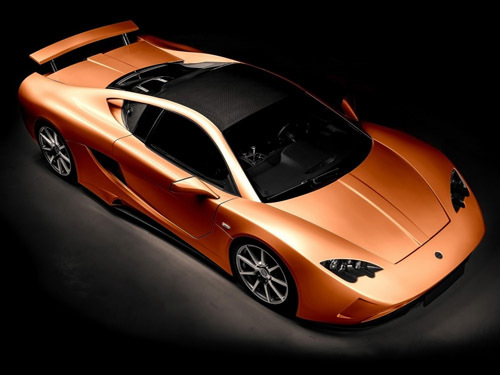China's auto industry wins the opportunity to win

Recently, an official of the National Development and Reform Commission stated that China’s per capita GDP in 2013 was US$6905, which was already among the ranks of middle- and high-income countries. We hope that through the “13th Five-Year Plan†efforts, the World Bank’s standards will approach the ranks of high-income countries. If you do a little better, you may enter the ranks of high-income countries. This is undoubtedly good news for the automotive market, because the higher the income, the more people will buy a car.
Some people are also skeptical about this because we have always stressed that China is a developing country, and many people think that they cannot find a sense of high income. According to the World Bank calculation based on PPP, China's per capita GDP in 2013 exceeded 10,000 U.S. dollars, ranking approximately 86 in the world.
In fact, the nominal value of China’s per capita GDP has been accelerating. In 1970, China’s per capita GDP exceeded 100 US dollars. Only after 31 years did it break through 1,000 US dollars. It was 2001 and 2002 saw a blowout in the automotive market. More than 3,000 US dollars in 2008, the car market in 2009 once again blowout. From 1000 US dollars to more than 6000 US dollars, it took only 12 years.
According to statistical analysis of countries in the United States, Japan, and Europe, when the per capita GDP is 1,000 US dollars, an average of 5-11 people own a car, and when it reaches 3,000 US dollars, an average of 2.5-5 people own a car, which is the fastest increase in car penetration rate. The first period. When the per capita GDP reached 8,000 US dollars, the automobile penetration rate entered the second rising period, with an average of 1 car per 3 people. With a per capita GDP of 20,000 U.S. dollars, and an average of one car per two people, the demand for cars will be saturated. However, the situation in China is not the same as this data, and now there is only 10 people in a car.
where is the problem? One is that the initial distribution of national income is biased toward the government and capital, the proportion of personal income is relatively small, and the other is that the income level gap in China is too large.
Now there are new problems: restrictions on purchases and restrictions. When the German media reported on the Beijing Auto Show, they said: “The air is filled with unpleasant emotions. Even optimists are clearly aware of the huge risks in the auto market.†French media reported: “The golden era may be coming to an end. More and more cities are starting to limit their licensing."
In fact, the theoretical market does not equal the actual market. Some people had expected that the annual sales of cars in China’s Taiwan region will exceed 1 million, and that the actual sales will only reach 600,000 in the most recent year. The per capita GDP of Taiwan will reach more than 30,000 US dollars, but the number of thousands of cars will only be 300, which is equivalent to that of developed countries. Half (but there are 15 million motorcycles in Taiwan). Theoretically, in China, which has entered a wealthy society, there may be 400-500 million vehicles, but if it cannot solve the problems of air pollution, traffic congestion, the development of new energy vehicles, and the development of intelligent transportation, China will not have 4 The market opportunity for billions of cars.
The auto industry is often indignant. However, we cannot change the opinions of others and cannot change the external environment. We can only change ourselves. In addition to facing serious challenges and fierce competition, the Chinese auto industry has no other choice.